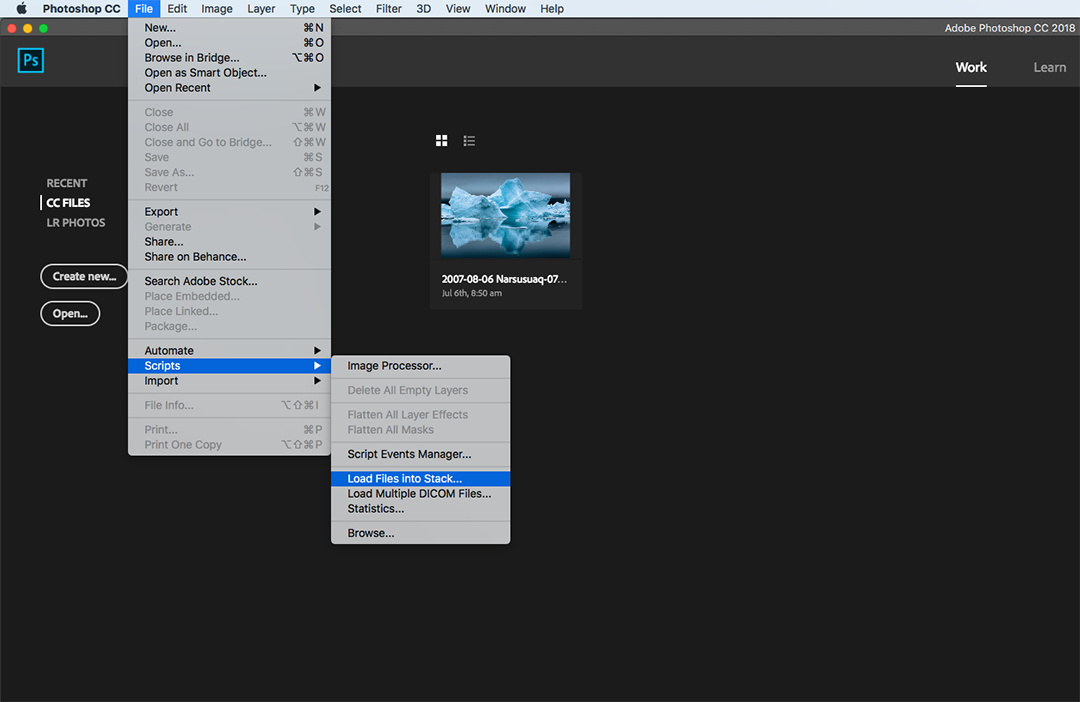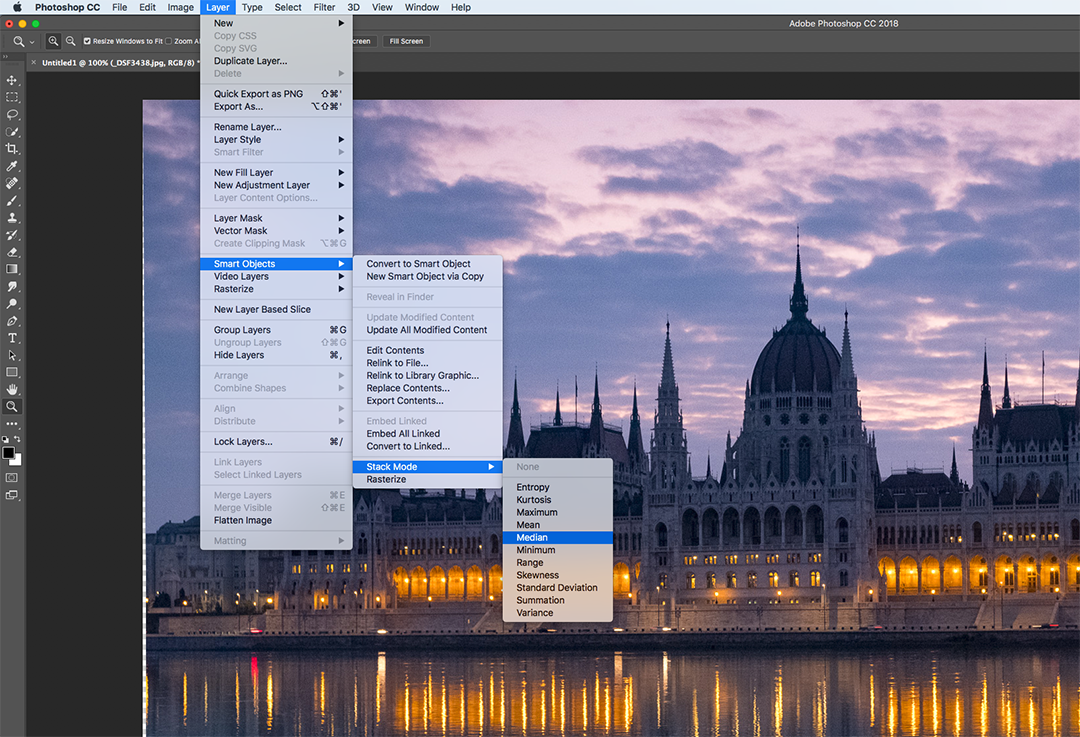Noise can be the bane of the photographer’s life. It has been with us since the dawn of photography, first as grain in our negatives or transparencies and in the digital era the similar looking sensor noise.
Typically we encounter noise when we are shooting in low light and have to increase our ISO speeds to get an acceptable shutter speed.
This, of course, can be negated by carrying a tripod and shooting longer shutter speeds. However, we don’t always want to carry a tripod, especially if we are out all day. There also might be times when we need to use a small aperture and short shutter speed in low light.
Is there a way to control noise when we do shoot at high ISO? The answer is yes there is, its called image stacking and today we are going to look at how it is done.

What Is It And How Does It Work?
Image noise is random. You can shoot two identical images at exactly the same exposure and the noise patterns will vary between the two. We can use this variation to our advantage by combining multiple identical images and stacking them together in Photoshop.
We then run an algorithm in Photoshop that works out the difference between the images and removes those differences. It is the same technique that you might know about for removing people from a scene but it works equally well on noise.
Hopefully, the word algorithm has not scared you off because, in reality, the process is very simple and pretty much automated. So how do we go about it?
Shooting With Image Stacking In Mind.
You find yourself in a tight spot where you need to raise the ISO to stand a chance of getting the shot. You have no tripod or other ways to stabilize the camera. Rather than simply firing of one shot, brace yourself in a good shooting posture and shoot of 5-10 images at exactly the same exposure.
Keep your shutter speed high enough to get a good quality image handheld. One trick is to put the camera on slow or fast continuous shooting mode and fire off the images quickly.
Photoshop will make an attempt to align the slight discrepancies in the position of each image. One caveat to this technique is that it really only works well on relatively static subjects.
If you are shooting sports or wildlife you are unlikely to get any benefit. It does, however, work with either Jpeg or RAW files.
Stacking The Images In Photoshop
Once we return home from the shoot, it is time to stack the images and remove the noise. To show you this I am going to demonstrate using a series of identical images that I shot as part of a time-lapse.
I had inadvertently forgotten to reset the film speed back from ISO 5000 and ended up with several hundred very pretty but also very noisy images.
This a 100% crop of one of the images.

With Photoshop open, I go to File – Scripts – Load Images into Stack. In the following window, I can browse for my shots, in this case, I have exported them from Lightroom as DNG files.
If you did not use a tripod for the shots check Attempt to Automatically Align Images. Also, check Create Smart Objects After Loading Layer.
Now click OK.


Depending on the speed of your computer, the next stage may take a little while as Photoshop aligns and merges the images.
Once this has completed you will see the merged image on the screen but on closer inspection, you will see that it is still very noisy.
Next, we go to Layer – Smart Objects – Stack Mode and select Median.

Photoshop will now run the Median algorithm and attempt to merge the images removing the parts that are not in the same place in each shot, in our case, the noise.
Once the run has finished we can now zoom into the image and see that the noise is significantly reduced. As an alternative to the Median algorithm, we can also try Mean to see which has the best effect.

To accompany this article I have also created a short video which runs you through the process.
Image stacking for noise reduction is an excellent technique for many tricky low light situations. Unlike in camera and post-production noise reduction, it does not affect image sharpness, you do not get that smearing effect often seen in noise reduction filters.
As such, so long as you keep this technique in mind when shooting, it is an excellent way to getting low noise at high ISOs.




